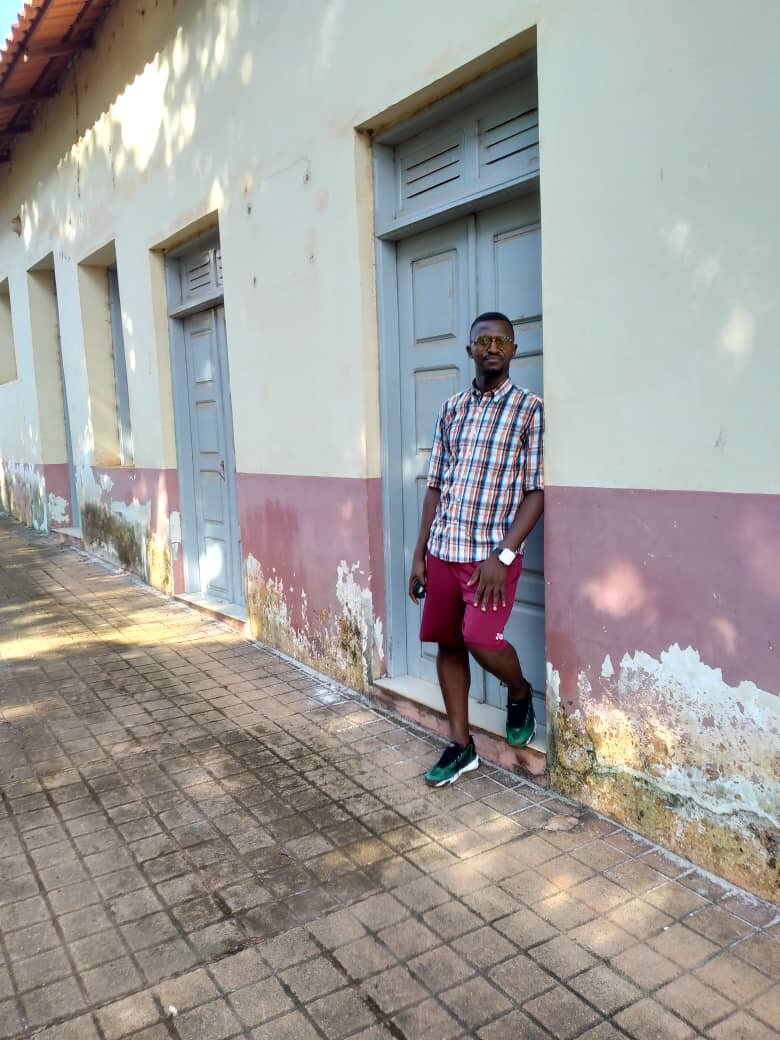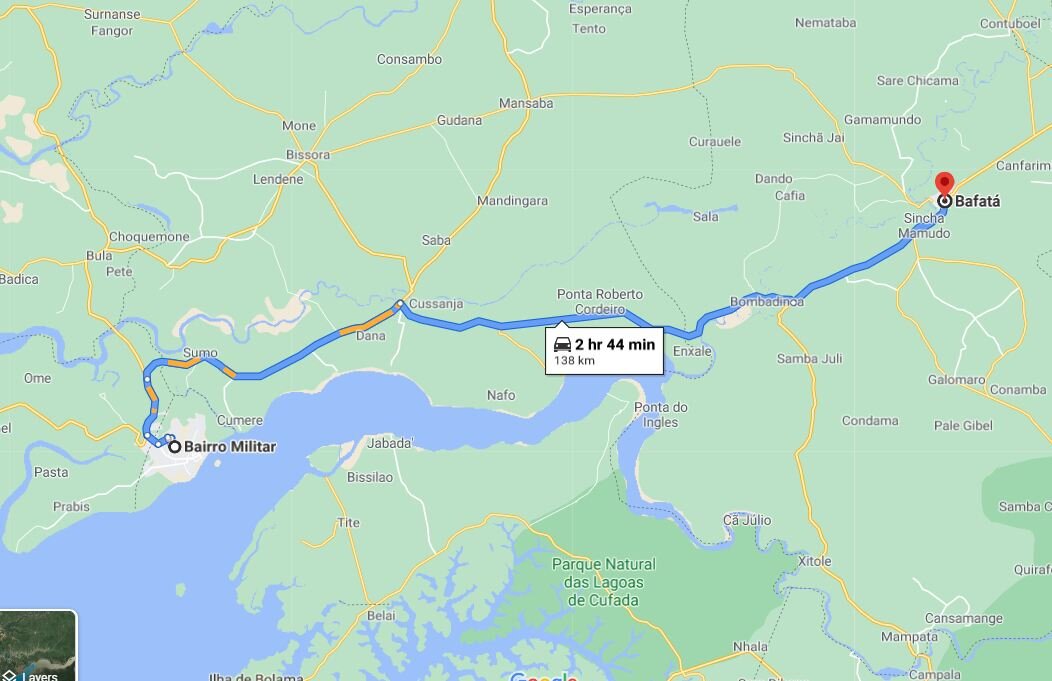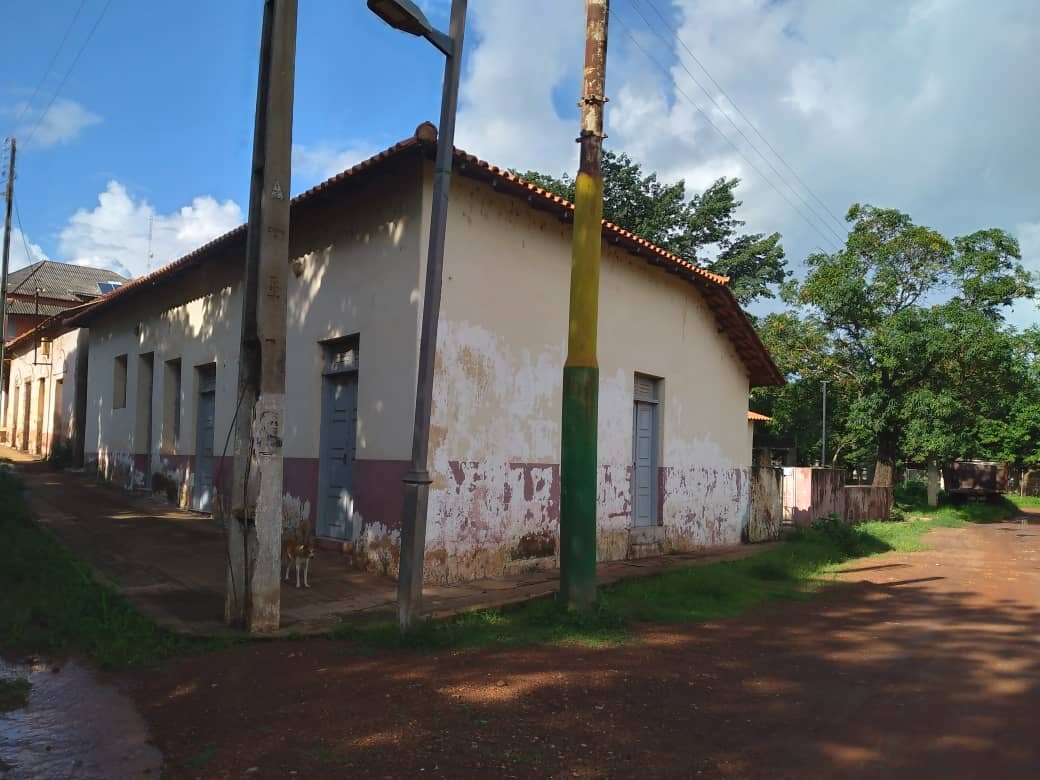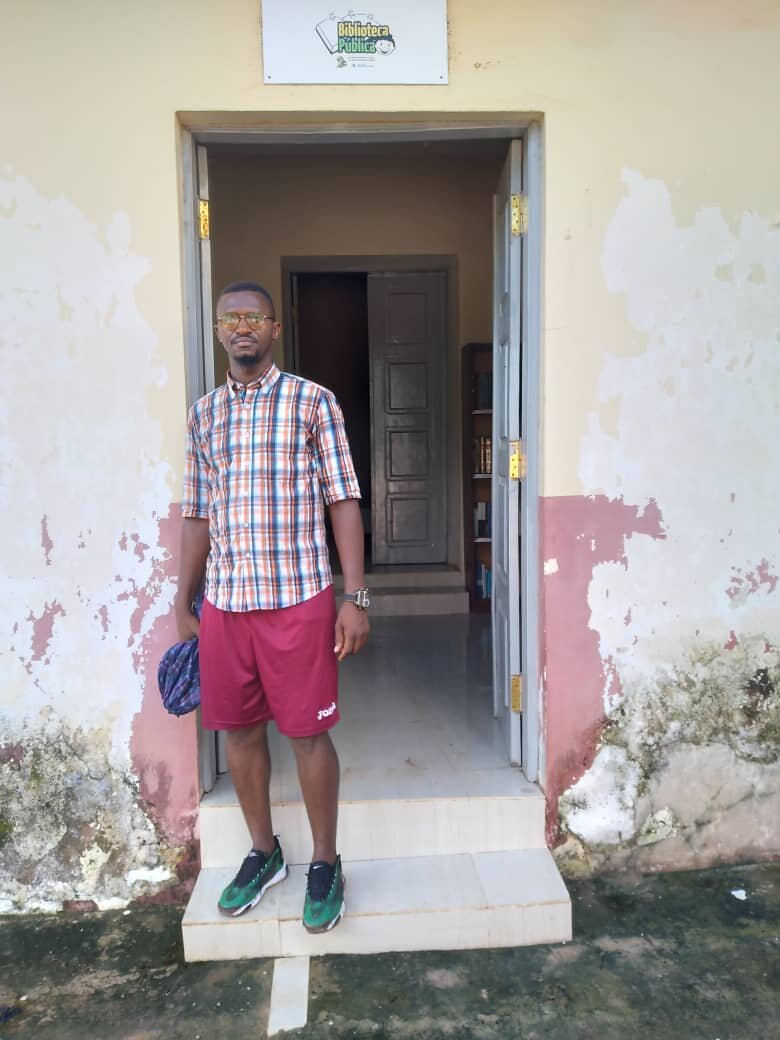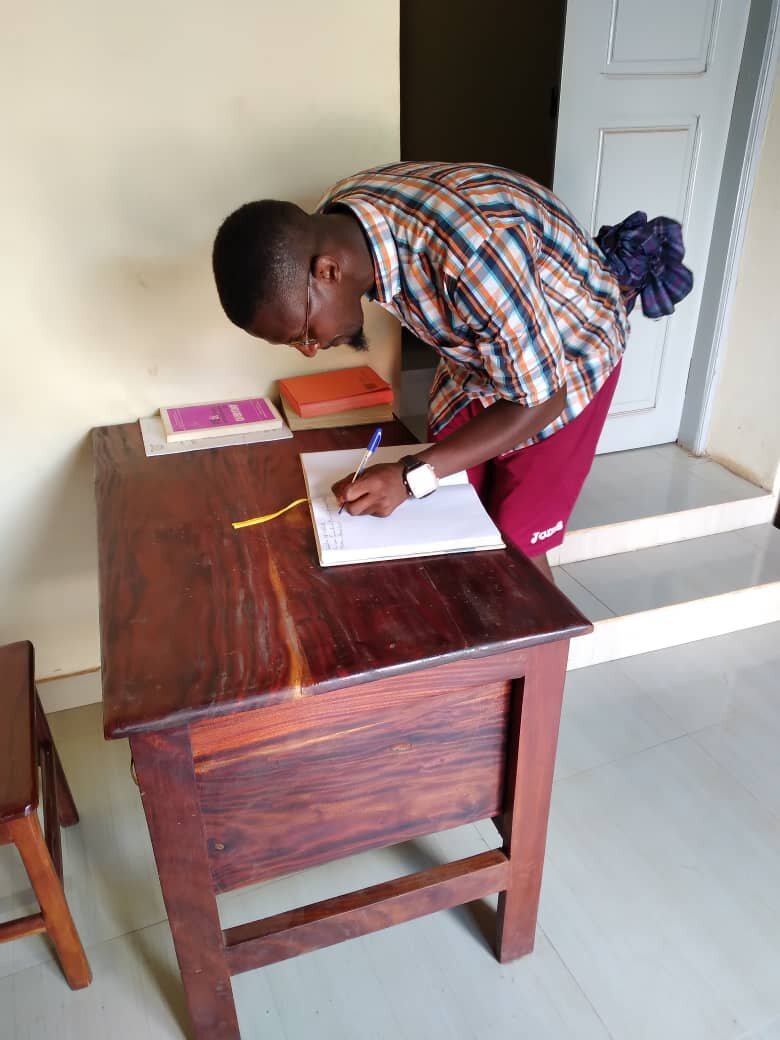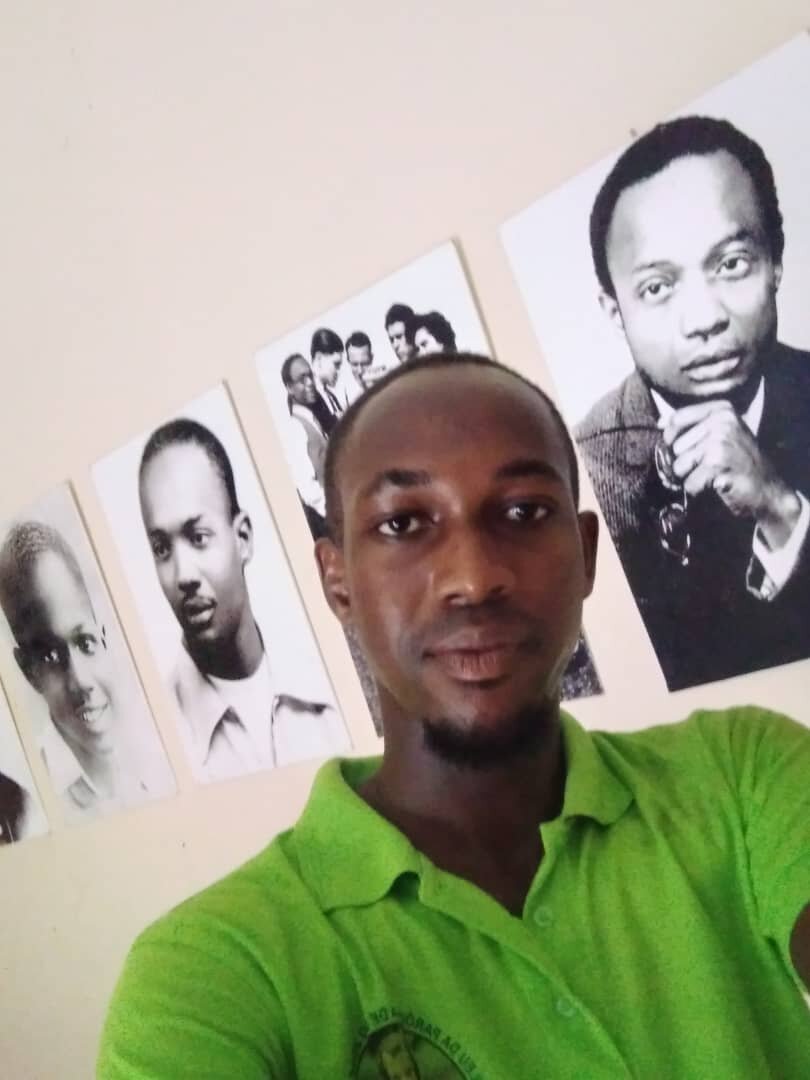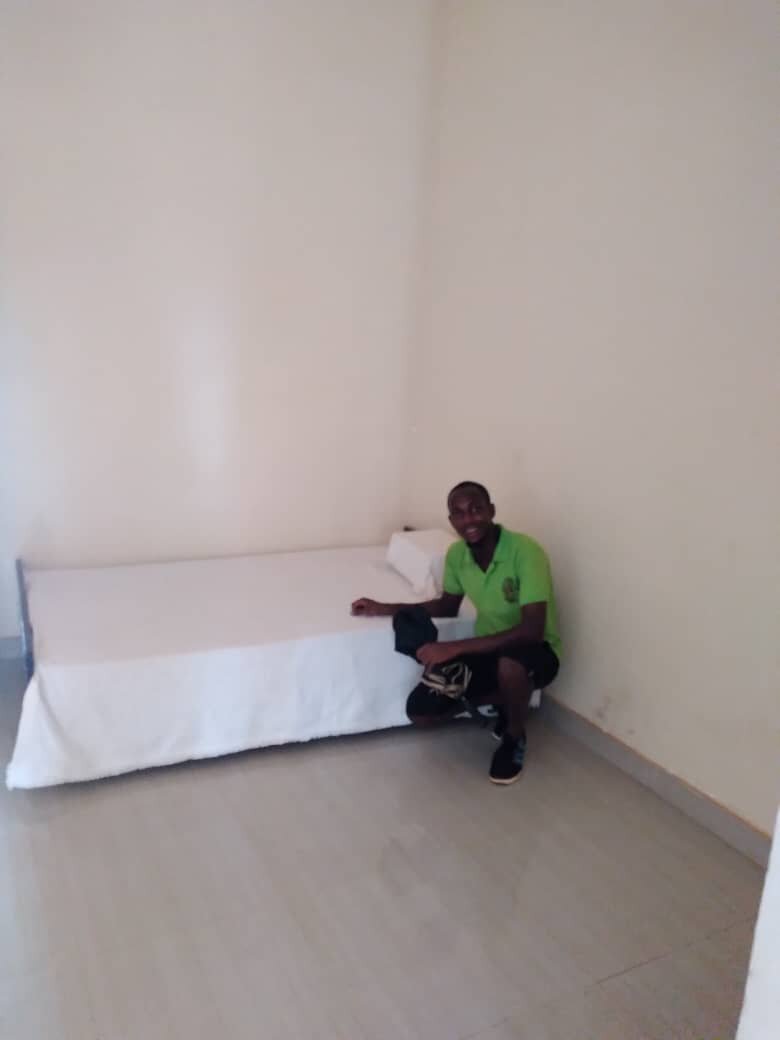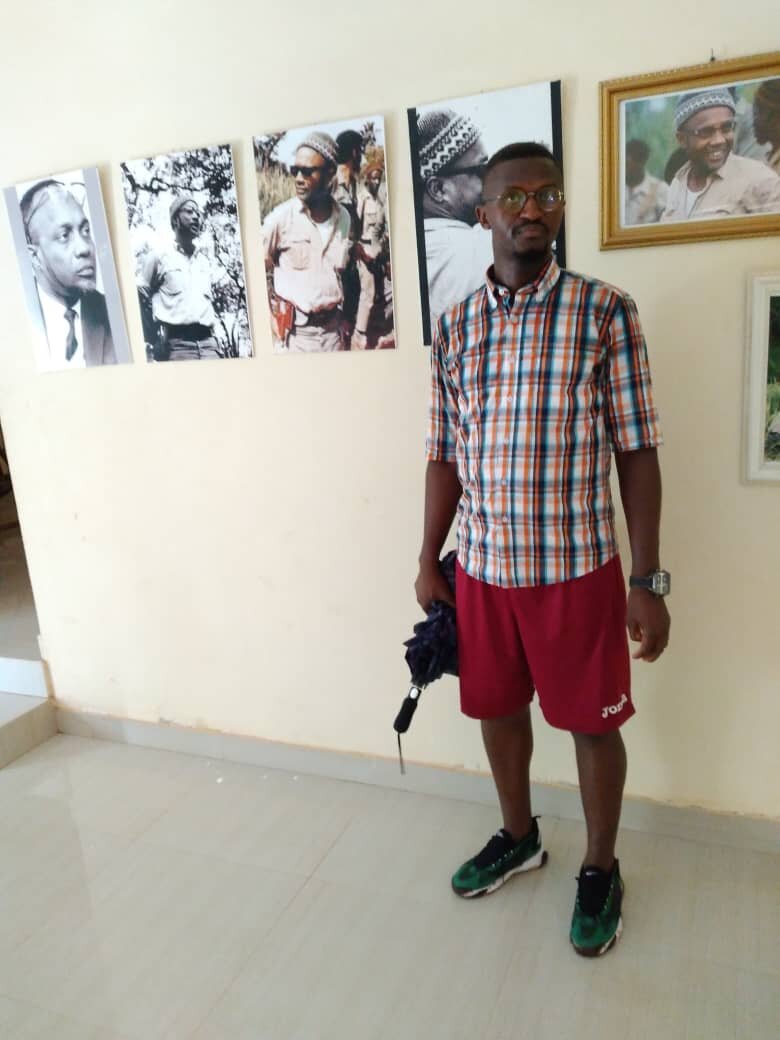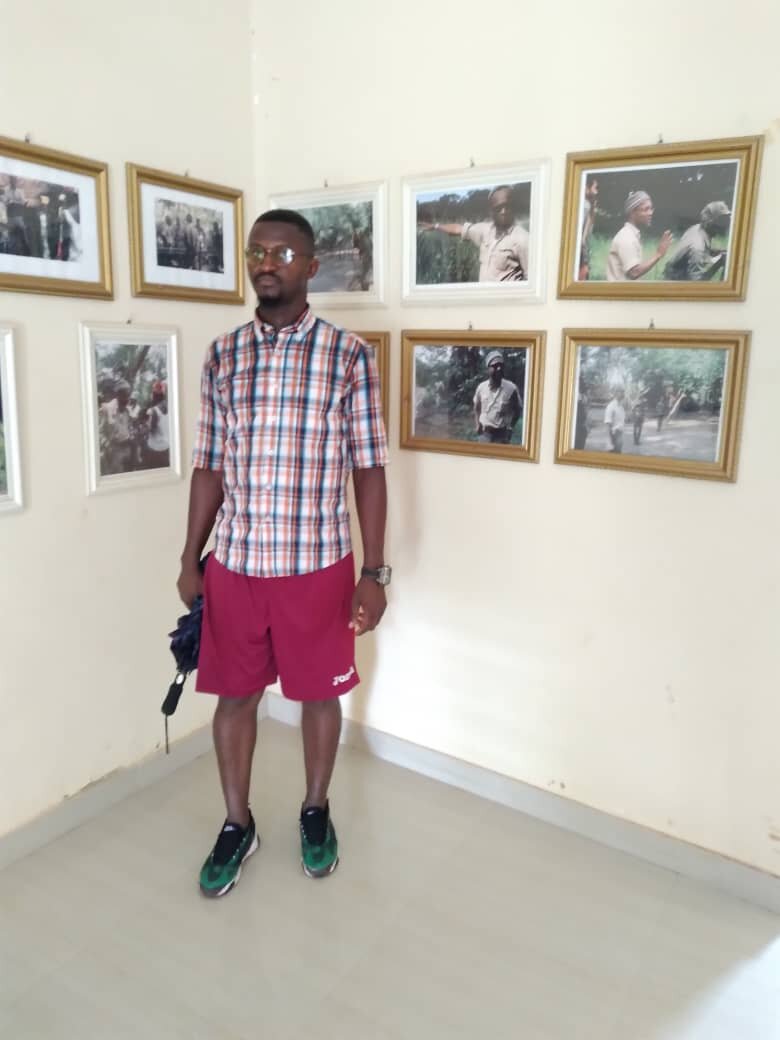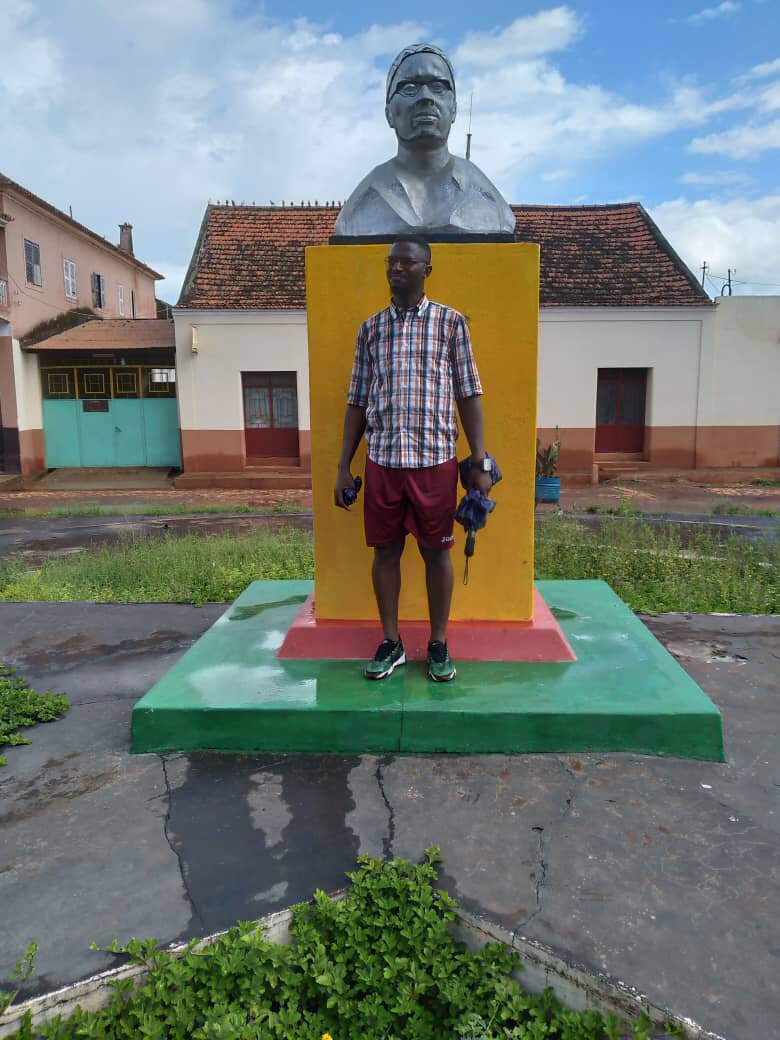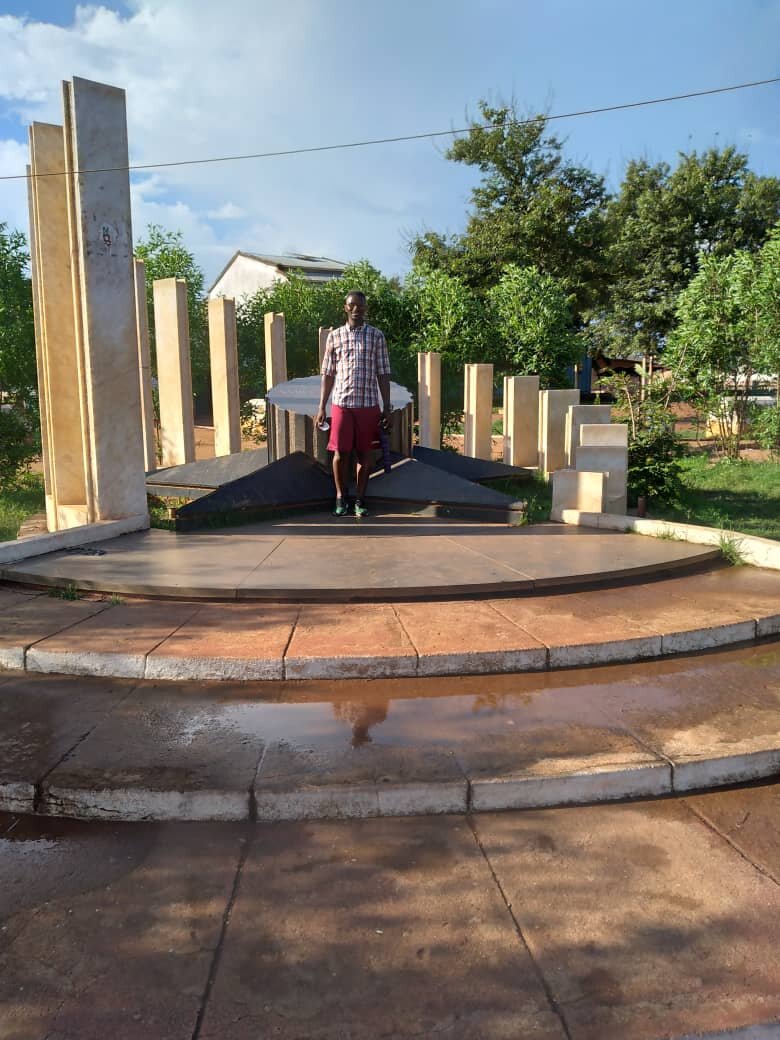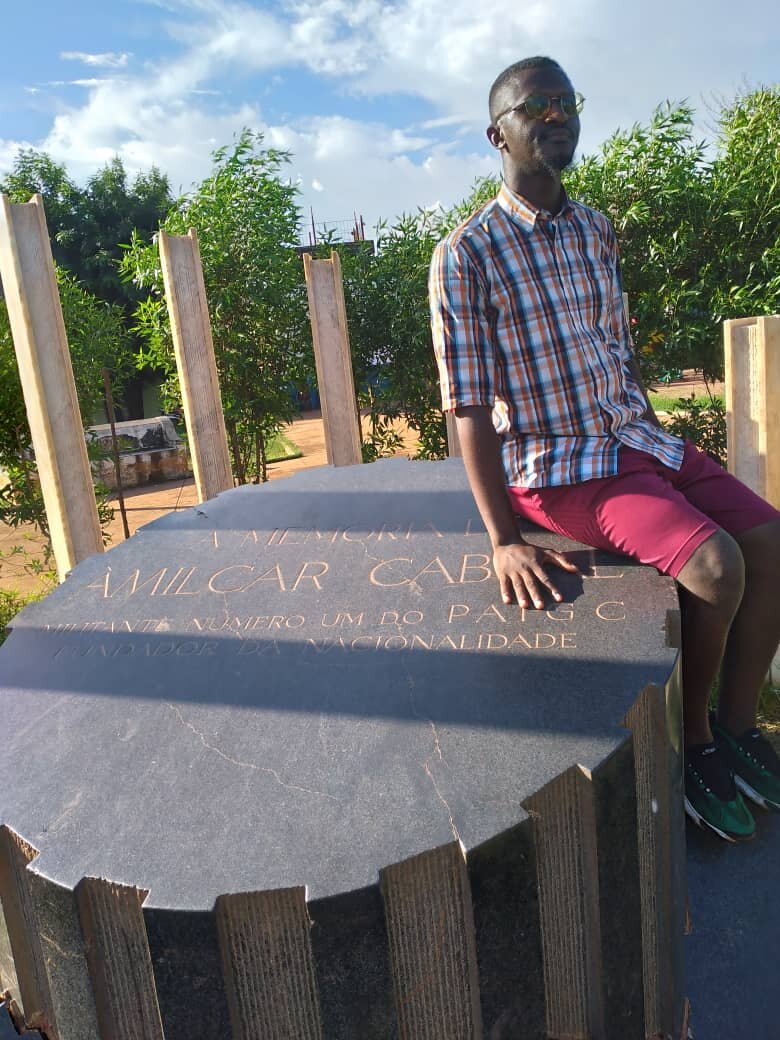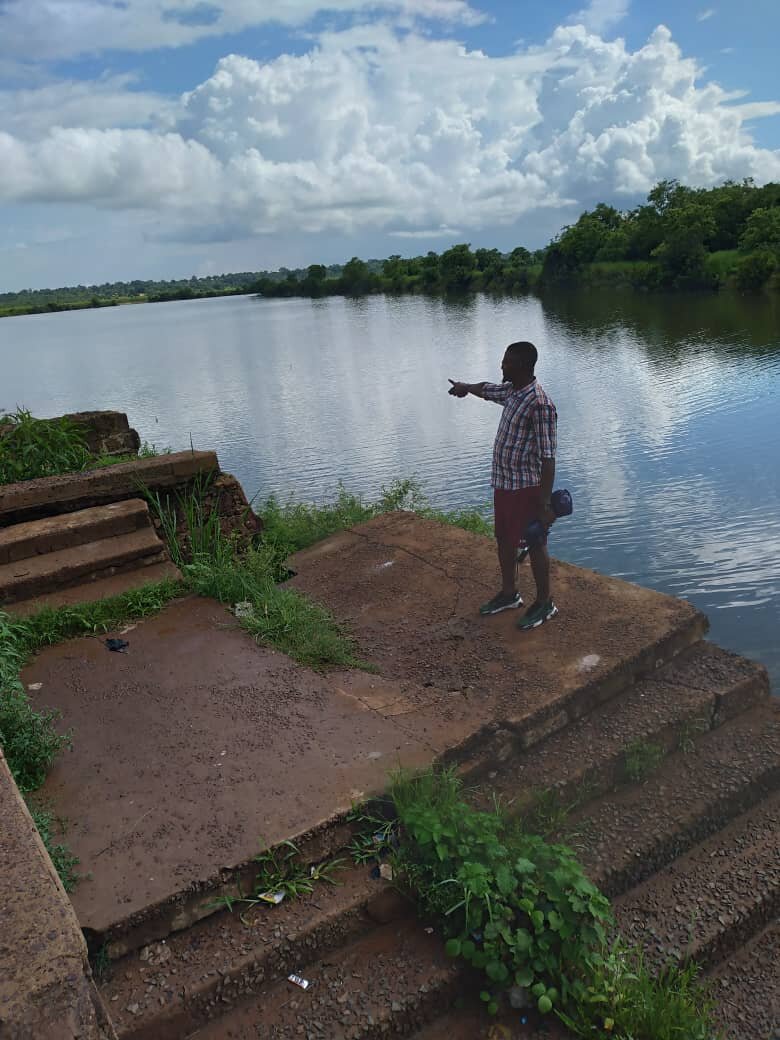When Soyinka discusses the organization of space within the African worldview, his concept of space is both external and internal. (In a text not under discussion here, Soyinka state the African attitude to physical space briefly and adequately:
Space belongs to the community in its entirety, dead, living and unborn.
When land or sea is worked to produce a yield, the yield belongs to those who worked that land or that sea. such ideas, when they appear in the western world, are called new and communistic. In Africa they are old and common. . . . )
In its organization of psychic space, Soyinka says, the African universe is humanocentric. Nonhuman phenomena exist and are adequately acknowledged. But beyond that, the African psyche, in its attempts to harmonize the external universe with its internal needs, populates the external cosmos with projections from within itself. These various projections from the human psyche make up the different combinations of gods, goddesses, spirits and demons of the exoteric African world.
The method and product of such psychic projections is myth, and the African mythopoetic universe is misunderstood. if it is assumed that all Africans, the initiated and the uninitiated, believe that the gods, goddesses, spirits and demons have a literal existence. They do have a real existence, in the sense that in the African worldview ideas are as much a part of reality as matter and artifacts. Some individuals are literal believers, some are not. Some understand proverbs, some need lengthy explications. the quality of belief depends on intelligence, education, training, experience and credulity.
What Soyinka makes clear is that at its most mature levels, African society acknowledges that gods and spirits are human made fictions, projections of the human psyche.
There are angry gods, peaceable gods, creative gods, destructive gods, dictatorial gods, democratic gods, honest, dependable gods, and hustling, trickster gods. All are arcs of the African psyche, facets of the African mind. So if the productions of the African mind are to be understood, the searcher will do well to study the myths of the African people.
The gods, then, says Soyinka, were made by human beings. . . . Here again what we have is not a linear, unidirectional relationship, but a reversible cycle. Human beings make gods; the gods reciprocate by helping beings become more human. This may sound mystifying, but only to readers who forget Soyinka’s explanation of the African attitude to gods and spirits. According to this explanation, the gods are ideas and ideals clothed in mythic form. That there are persons ready to take the mythic forms for fact is only natural, just as natural as the existence of persons who see through myths and know that at the origin of every myth lies human ideation. The African universe of thought is inclusive; it contains the believer, the agnostic, and the atheist.
The human consciousness that projects itself in the form of gods and goddesses and spirits has a purpose that these gods and spirits are designed to serve.
The purpose behind these projections is to enable the self-actualization and self-development of the originating consciousness.
That is to say, the African consciousness, if it is free, creates and then projects those ideas and ideals necessary to its own development. Gods are growth goals, markers, stations of the mind in motion toward achievement. Demons are growth obstacles, to be confronted or accommodated, fought or evaded. The paraphernalia of mythopoetic culture in Africa contain key reference points necessary to the self-orientation of the African consciousness, necessary to the elaboration of the African worldview. . . .
But in the still colonized world that is intellectual Africa today, colonized minds have not only remained ignorant of the best cultural reference points created by the African people throughout the millennia; they have grown actively hostile to the very idea of recognizing, studying, possessing and developing those cultural assets.
So disoriented African intellectuals adopt alien gods, myths, thought systems and ideals thinking they can make them their own, believing they will work for them.
What such disoriented African intellectuals do not know is that Africa possesses its own ideal projections, and they cover the entire range of human possibility. In Soyinka’s words, the possibilities range from the saintly, agonistic nonviolence of the Obatala ideal, all the way to the assertive, aggressive innovativeness - creative, destructive, scientific, technological, artistic - of the Ogun ideal. Intellectually disoriented Africans, in their inertia, remain ignorant of the fact that the ideational resources required in war and peace, reaction and revolution, stagnation and dynamic growth, are in fact present in the original lodes of African culture and history, awaiting only rediscovery and reuse by thinking Africans.”
For further study:
The Eurocentric projection of Christianity and the Disoriented African Christian Mental Slavery









